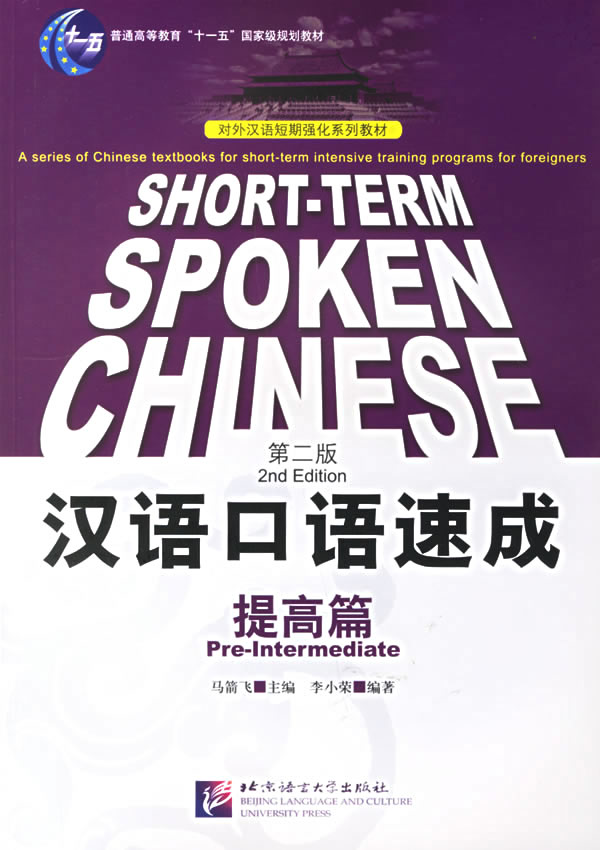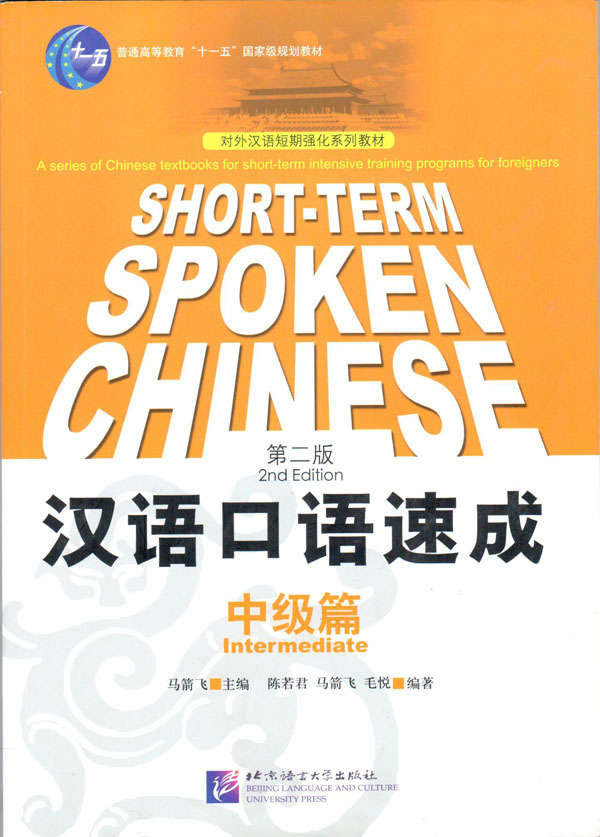
Chinese is a language vastly different from Western languages, so please come with a relaxed and open mind, and be prepared to face radically new concepts and ideas. Very often, you cannot fit Chinese into your language paradigm, which is why Singlish is so prevalent here!
Westerners will find learning characters a huge challenge. I do not focus on teaching characters, but I will still introduce characters little by little. Some people advocate not learning characters at all, but I feel I will be shortchanging my students if I take the easy way out. I am learning Tibetan, and the Tibetan script is absolutely hard to master, so I can understand the frustration of becoming an illiterate. But give yourself a chance, it takes time to familiarise yourself with the weird crawly scripts. Remember, you are not expected to become an expert, but to at least recognize some common characters, which would definitely open up new windows. To learn a language, you have to learn its culture, and Chinese culture is heavily embedded in its characters. Don’t be put off or frightened by them. We will start from the easier ones. Chinese characters are loads of fun, once you get to know them! Treat them as something to zest up your learning experience, not something that puts you down.
Anyway, listening and speaking will be the focus for Western students, which means the main dish will be Pinyin, and characters are the dessert, so no worries! (Unless, of course, if you desire to learn more characters – I am more than happy to oblige.) For beginners, I place a lot of importance on pronunciation, as getting the pronunciation right is very important in Chinese. If you’re absolutely new, check out my videos on pronunciation.
-
Do you teach Standard Mandarin, or Singaporean Mandarin?
I teach Standard Mandarin (“普通語” putonghua, find out more here), which is used by Chinese speakers all over the world (except of course, for example, the elderly who speak only dialects).
-
Can you come to my place to teach?
It depends on the location and my schedule. (Please note that there will be an additional charge for transportation.) My classroom is only 3, 4 mins from Aljunied (EW9), which is just 4 stations away from City Hall station. I also provide lessons online Skype lessons.
Mandarin Textbook
I use 《新实用汉语》 New Practical Chinese Reader series (2nd Ed) by Beijing Language and Culture University Press – the authoritative Mandarin textbook for foreigners. An all-round textbook that builds up the four essential skills – listening, speaking, reading and writing. For pre-intermediate and above, I also use 《汉语速成》 Short-Term Spoken Chinese series. If you have your preferred textbooks, feel free to let me know.For complete beginners, explanation will be in English, but I make it a point to use Mandarin whenever possible, and especially terms and expressions students have learnt, so that they get used to the sounds of Mandarin as quickly as possible.








